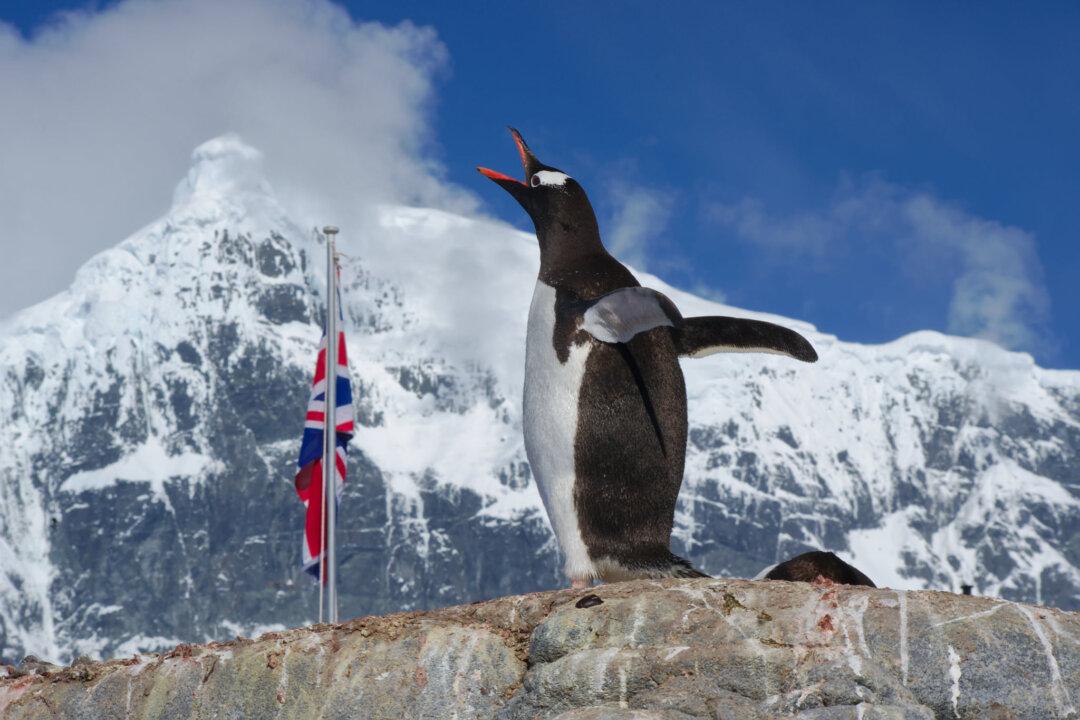Antarctica was once a balmier place, lush with plants and lakes. Scientists say figuring out just how long the continent has been the barren, cold desert of ice it is today will offer clues as to how Antarctica responded to the effects of past climates.
That knowledge may even help predict what to expect as Earth’s atmospheric concentration of carbon dioxide grows.
Using a new technique to date one of Antarctica’s ancient lake deposits, researchers found that the deposits have remained frozen for at least the last 14 million years, suggesting that the surrounding region, the East Antarctic Ice Sheet, or EAIS, has likewise remained intact.
The work adds new support for the idea that the area didn’t experience significant melting even during the Pliocene, a period from 3 to 5 million years ago, when carbon dioxide concentrations rivaled those of today.
“The Pliocene is sometimes thought to be an analog to what Earth will be like if global warming continues,” says Jane K. Willenbring, assistant professor of Earth and environmental sciences at the University of Pennsylvania. “This gives us some hope that the East Antarctic Ice Sheet could be stable in today’s and future climate conditions.”
Current climate change projections indicate that the marine portion of the West Antarctic Ice Sheet is “a goner,” Willenbring says. Studies from the past few years suggest that sea level will likely rise a few meters as that ice melts. But the East Antarctic Ice Sheet is 20 times more massive. If it melted, the ensuing sea level rise would be even more catastrophic than the western peninsula’s dissolution.
To shed light on what could happen in the future to the EAIS, geologists often look to the past. But there is not a scientific consensus about how the EAIS has behaved in different climates throughout history. Some scientists believe the ice sheet experienced significant melting during the relatively warmer conditions of the Pliocene, while others think it has remained almost entirely frozen for the last 14 million years.
Age of Sediments
For the study in Scientific Reports, researchers hoped to help clarify the history of the EAIS. They traveled to Antarctica’s Friis Hills in the central Dry Valleys of the eastern portion of the continent. About a foot beneath the surface are sediment deposits from an ancient lake which is known from animal fossils to have been freshwater. Earlier dating established that the volcanic ash deposits at the bottom of the ancient lake are 20 million years old.
To see if any melting had occurred in the interim, they analyzed radioactive isotopes of beryllium known as beryllium-10, which form in the atmosphere when cosmic rays collide with oxygen and nitrogen atoms.
“Beryllium-10 sticks on to particles quite easily and is associated with lake deposits,” Willenbring says. “We wanted to see if we could use this isotope to figure out how long the sediment was in place and isolated from liquid water.”
Beryllium-10 has a known half-life of 1.4 million years. After estimating an initial level of initial concentration of beryllium-10 in their lake samples, researchers were able to estimate the age of the sediments to be between 14 and 17.5 million years ago.
“We found that the beryllium-10 was almost completely gone, within the resolution of our technique,” Willenbring says.

